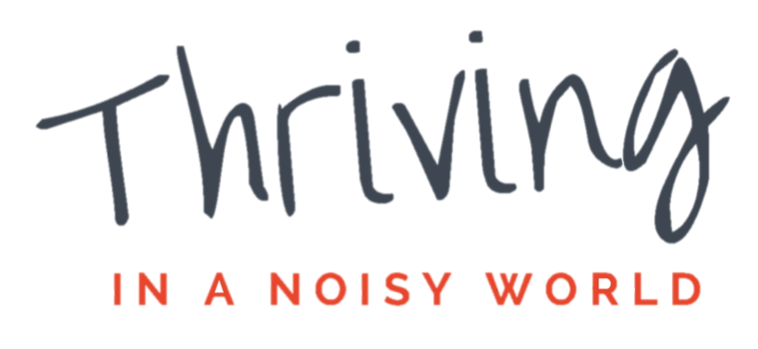I wanted to share about a great gift I’ve been given to reflect on and honor my journey and unfolding vision through my dear friend Alexandra Booth’s project “Inspiring People I Know.” I’ve been deeply moved by Alex’s generosity - her life-giving questions, the way she held space for my truth, and her deeply kind words. Having been so focused on “improving” myself, it took some time to fully allow myself to take in the enormous gift of being seen and affirmed in my essence. Through sharing our conversation, I’m leaning into the vulnerability of letting parts of myself and my story be seen in a very free flowing and unscripted way ...
As I write this, I remember David Whyte’s words: “To be human is to become visible while carrying what is hidden as a gift to others.”
You can watch, listen, or read the transcript of our 50-min conversation here: https://inspiringpeopleiknow.wordpress.com/sarah-marie-hopf/
I hope you’ll find value and resonance in some of what I share. May it remind you of your own innate wholeness, goodness, and resourcefulness.
And I invite you to honor and celebrate your own journey and reflect on some of the (paraphrased) questions Alex asked me for yourself:
Who are you?
How are you beautiful?
What about your story is important for you to honor or is maybe less known to others?
What do you feel is most important?
What’s the context you seek to create for others and yourself?
Where do you see beauty in this world?
Where do you feel you are expanding? Where do you feel you are grappling?
What support might the universe offer to you?
With love,
Sarah-Marie




















